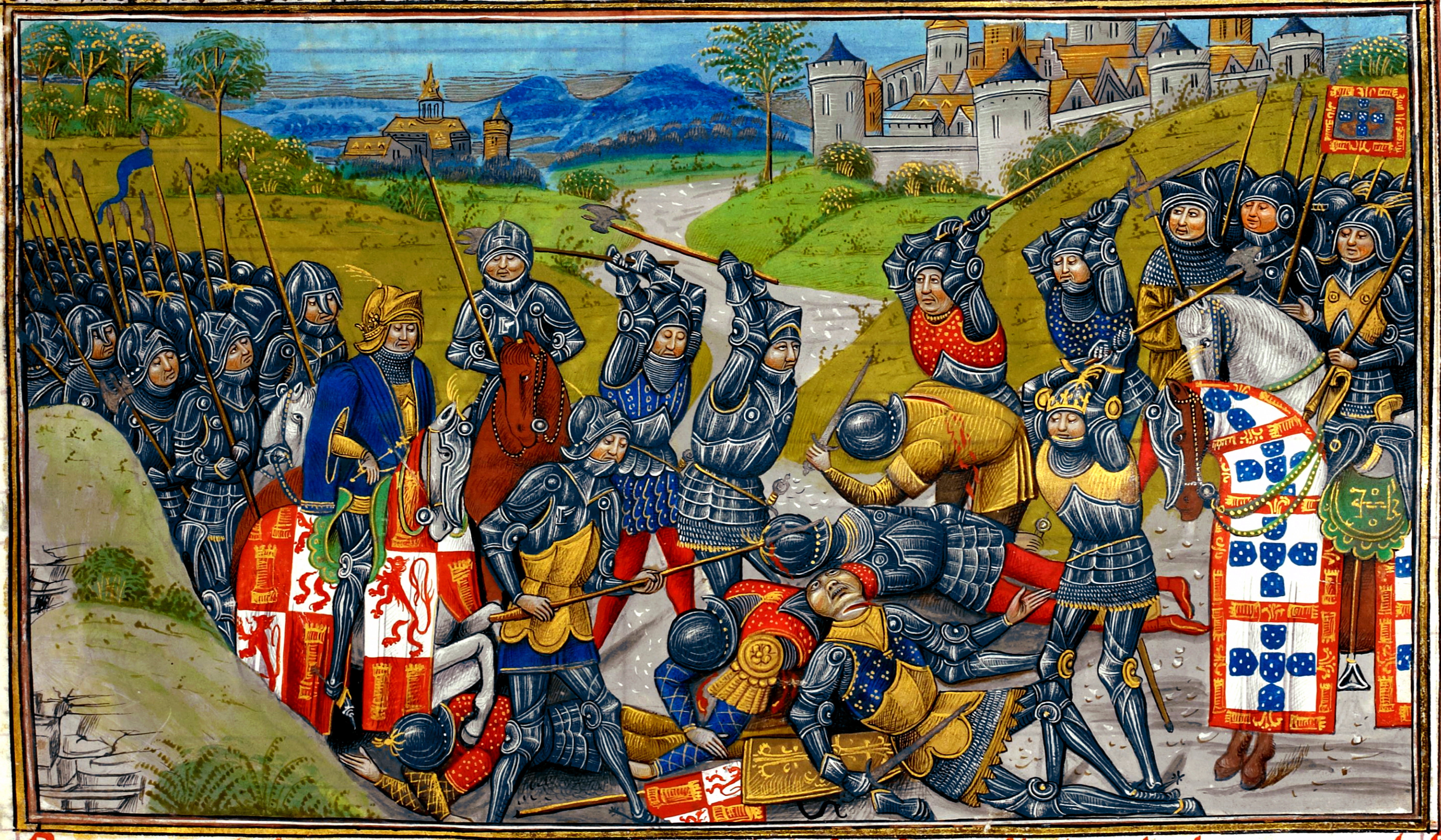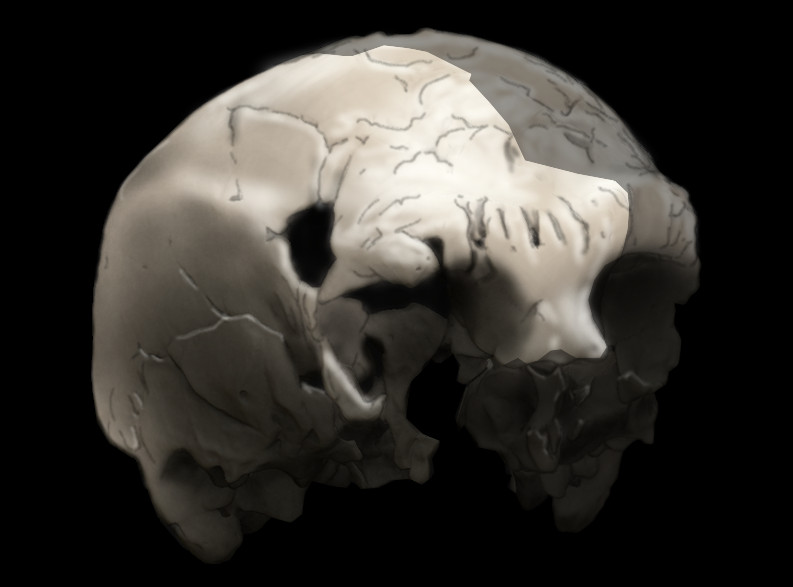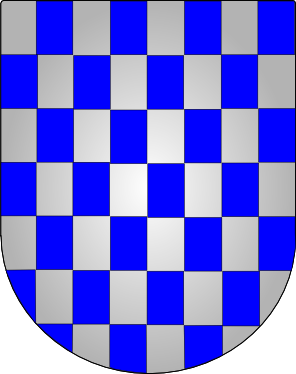|
House Of Aviz
The House of Aviz (Portuguese language, Portuguese: ''Casa de Avis'' ), also known as the Joanine Dynasty (''Dinastia Joanina''), was a dynasty of Portuguese people, Portuguese origin which flourished during the Portuguese Renaissance, Renaissance and the period of the Portuguese discoveries, when History of Portugal (1415–1578), Portugal expanded its power globally. The house was founded by King John I of Portugal, Grand-Master of the Order of Aviz and illegitimate son of King Peter I of Portugal, Pedro I (of the Portuguese House of Burgundy), who ascended to the throne after successfully pressing his claim during the 1383–1385 Portuguese interregnum. Aviz monarchs would rule Portugal through the Age of Discovery, establishing Portugal as a global power following the creation of the Portuguese Empire. In 1494, Pope Alexander VI divided the world under the dominion of Portugal and Spain with the Treaty of Tordesillas. The House of Aviz has produced numerous prominent figures ... [...More Info...] [...Related Items...] OR: [Wikipedia] [Google] [Baidu] |
Portuguese House Of Burgundy
The Portuguese House of Burgundy () was a Portuguese noble house that ruled the County of Portugal, County and later Kingdom of Portugal from its founding until the 1383–85 Portuguese Interregnum. The house was founded by Henry, Count of Portugal, Henry of Burgundy, who became Count of Portugal in 1096. His son, Afonso I of Portugal, Afonso Henriques, was proclaimed King of Portugal following his victory at the Battle of Ourique in 1139, establishing the Afonsine dynasty (''Dinastia Afonsina''). Burgundian monarchs would rule Portugal through much of its early formation, including the formalization of the Portuguese language under Denis of Portugal, King Dinis I, the first Portuguese Cortes, Portuguese parliament, under Afonso II of Portugal, King Afonso II, and the conquest of the Kingdom of the Algarve, under Afonso III of Portugal, King Afonso III. Numerous princes of the house took up thrones across Europe, such as Ferdinand, Count of Flanders, Ferdinand I, Count of Flanders ... [...More Info...] [...Related Items...] OR: [Wikipedia] [Google] [Baidu] |
House Of Braganza
The Most Serene House of Braganza (), also known as the Brigantine dynasty (''dinastia Brigantina''), is a dynasty of emperors, kings, princes, and dukes of Portuguese people, Portuguese origin which reigned in Europe and the Americas. The house was founded by Afonso I, Duke of Braganza, Afonso I, 1st Duke of Braganza, illegitimate son of King John I of Portugal of the House of Aviz, and would eventually grow into one of the wealthiest and most powerful noble houses of Iberian Peninsula, Iberia during the Portuguese Renaissance, Renaissance period. The Braganzas came to rule the Kingdom of Portugal and Kingdom of the Algarves, the Algarves after successfully deposing the Philippine Dynasty in the Portuguese Restoration War, Restoration War, resulting in the Duke of Braganza becoming King John IV of Portugal, in 1640. The Braganzas ruled Portugal and the Portuguese Empire from 1640 and with the creation of the United Kingdom of Portugal, Brazil and the Algarves, in 1815, and the s ... [...More Info...] [...Related Items...] OR: [Wikipedia] [Google] [Baidu] |
Peter I Of Portugal
Peter I (; 8 April 1320 – 18 January 1367), known as Peter the Just () or Peter the Cruel (), was King of Portugal from 1357 until his death in 1367. Early life Born on 8 April 1320 in Coimbra, Peter was the fifth child of Afonso of Portugal and his wife, Beatrice of Castile. Of his six siblings, only two – sisters Maria and Eleonor – survived infancy. At six years old, shortly after his father ascended the crown, Peter was granted a retinue of six people, including his butler and tutor Lopo Fernandes Pacheco. First betrothal In October 1327, marriage contracts were negotiated for Peter and Blanche of Castile, granddaughter of Sancho IV of Castile, and Peter's sister Maria and the future Alfonso XI of Castile. Since both Peter and Blanche were minors, the marriage had to wait. Blanche was taken to be raised in Portugal until she was of age for marriage, where she remained for eight years. According to the Chronicle of Pedro I of Portugal by Fernão Lopes, duri ... [...More Info...] [...Related Items...] OR: [Wikipedia] [Google] [Baidu] |
Order Of Aviz
The Military Order of Aviz (), known previously to 1910 as the Royal Military Order of Saint Benedict of Aviz (), and before 1789 as the Knights of Saint Benedict of Aviz () or ''Friars of Santa Maria of Évora'', is one of the four former ancient Portugal, Portuguese Military order (religious society), military orders. It gave its name and coat of arms to the House of Aviz that ruled Portugal between 1385 and 1580. The founding king of House of Aviz, John I of Portugal, was an Royal bastard, illegitimate son of Peter I of Portugal, a previous king, and thus not a member of his father's Portuguese House of Burgundy; however, John was the Grand master (order), grand master of the Order of Aviz, and thus was known as "John of Aviz." Founded in 1146, it is the oldest Orders, decorations, and medals of Portugal, Portuguese honorific order. History Early history The order, as a monastic military order, was founded in emulation of such military orders as the Knights Templar, which exis ... [...More Info...] [...Related Items...] OR: [Wikipedia] [Google] [Baidu] |
History Of Portugal (1415–1578)
The history of the Kingdom of Portugal from the Illustrious Generation of the early 15th century to the fall of the House of Aviz in the late 16th century has been named the "Portuguese golden age" ( Portuguese: ''Século de Ouro''; "golden century") and the "Portuguese Renaissance". During this period, Portugal was the first European power to begin building a colonial empire as during the Age of Exploration Portuguese sailors and explorers discovered an eastern route to India (that rounded the Cape of Good Hope) as well as several Atlantic archipelagos (like the Azores, Madeira, and Cape Verde) and colonized the African coast and Brazil. They also explored the Indian Ocean and established trading routes throughout most of southern Asia, sending the first direct European maritime trade and diplomatic missions to Ming China and to Japan, at the same time installing trading posts and the most important colony: Portuguese Macau (Only in East Asia). The Portuguese Renaissance p ... [...More Info...] [...Related Items...] OR: [Wikipedia] [Google] [Baidu] |
Portuguese Discoveries
Portuguese maritime explorations resulted in numerous territories and maritime routes recorded by the Portuguese on journeys during the 15th and 16th centuries. Portuguese sailors were at the vanguard of European exploration, chronicling and mapping the coasts of Africa and Asia, then known as the East Indies, Canada and Brazil (the West Indies), in what became known as the Age of Discovery. Methodical expeditions started in 1419 along the coast of West Africa under the sponsorship of prince Henry the Navigator, whence Bartolomeu Dias reached the Cape of Good Hope and entered the Indian Ocean in 1488. Ten years later, in 1498, Vasco da Gama led the first fleet around Africa to the Indian subcontinent, arriving in Calicut and starting a maritime route from Portugal to India. Portuguese explorations then proceeded to southeast Asia, where they reached Japan in 1542, forty-four years after their first arrival in India. In 1500, the Portuguese nobleman Pedro Álvares Cabral beca ... [...More Info...] [...Related Items...] OR: [Wikipedia] [Google] [Baidu] |
Portuguese Renaissance
The Portuguese Renaissance was the cultural and artistic movement in Portugal during the 15th and 16th centuries. Though the movement coincided with the Spanish Renaissance, Spanish and Italian Renaissance, Italian Renaissances, the Portuguese Renaissance was largely separate from other European Renaissances and instead was extremely important in opening Europe to the unknown and bringing a more worldly view to those European Renaissances, as at the time the Portuguese Empire spanned the globe. As the pioneer of the Age of Discoveries, Portugal flourished in the 15th, 16th, and 17th centuries, with voyages to India, the Orient, the Americas, and Africa. This immense trade network would create an extremely wealthy Portuguese nobility and monarchy, that would become patrons for an immense flourishing of culture, arts, and technology in Portugal and all over the world. Context Diplomats, merchants, students, humanists, scholars, and artists, from all over Europe, were drawn to Por ... [...More Info...] [...Related Items...] OR: [Wikipedia] [Google] [Baidu] |
Portuguese People
The Portuguese people ( – masculine – or ''Portuguesas'') are a Romance languages, Romance-speaking ethnic group and nation Ethnic groups in Europe, indigenous to Portugal, a country that occupies the west side of the Iberian Peninsula in Southern Europe, south-west Europe, who share Culture of Portugal, culture, ancestry and Portuguese language, language. The Portuguese state began with the founding of the County of Portugal in 868. Following the Battle of São Mamede (1128), Portugal gained international recognition as a Kingdom of Portugal, kingdom through the Treaty of Zamora and the papal bull Manifestis Probatum. This Portuguese state paved the way for the Portuguese people to unite as a nation. The Portuguese Portuguese maritime exploration, explored Hic sunt Dracones, distant lands previously unknown to Europeans—in the Americas, Africa, Asia and Oceania (southwest Pacific Ocean). In 1415, with the conquest of Ceuta, the Portuguese took a significant role in the ... [...More Info...] [...Related Items...] OR: [Wikipedia] [Google] [Baidu] |
Portuguese Language
Portuguese ( or ) is a Western Romance language of the Indo-European language family originating from the Iberian Peninsula of Europe. It is the official language of Angola, Brazil, Cape Verde, Guinea-Bissau, Mozambique, Portugal and São Tomé and Príncipe, and has co-official language status in East Timor, Equatorial Guinea and Macau. Portuguese-speaking people or nations are known as Lusophone (). As the result of expansion during colonial times, a cultural presence of Portuguese speakers is also found around the world. Portuguese is part of the Iberian Romance languages, Ibero-Romance group that evolved from several dialects of Vulgar Latin in the medieval Kingdom of Galicia and the County of Portugal, and has kept some Gallaecian language, Celtic phonology. With approximately 250 million native speakers and 17 million second language speakers, Portuguese has approximately 267 million total speakers. It is usually listed as the List of languages by number of native speaker ... [...More Info...] [...Related Items...] OR: [Wikipedia] [Google] [Baidu] |
House Of Abrantes
The House of Abrantes ( Portuguese: ''Casa de Abrantes'') descends from the ancient and noble Almeida family. King Afonso V granted the land around Abrantes to his cousin, Lopo de Almeida, 1st Count of Abrantes in 1476. The title and lands descended in the Almeida family until 1650 when its male line expired and the estate reverted to the Crown. The estate and noble title were granted to the Sá family, Counts of Penaguião in 1718 and devolved via the Lancastres, Counts of Vila Nova, now represented by the ''Lancastre e Távora'' branch of the family. The Counts of Abrantes In 1476, King Afonso V of Portugal granted Dom Lopo de Almeida, a descendant of King Pedro I of Portugal through an illegitimate line, the title of Count of Abrantes, which became extinct when Dom Miguel de Almeida, 4th Count of Abrantes and a Restoration hero, died without issue. When Isabel de Mendonça, the Count of Abrantes’ heir, married João Rodrigues de Sá, 1st Count of Penaguião, ... [...More Info...] [...Related Items...] OR: [Wikipedia] [Google] [Baidu] |
Marquess Of Lavradio
Marquess of Lavradio is a Peerage of Portugal, Portuguese title of nobility created by Letters Patent of Joseph I of Portugal, King José I of Portugal on 18 October 1753 for Don (honorific), D. António de Almeida Soares de Portugal, 1st Marquess of Lavradio, António de Almeida Soares de Portugal, 1st Count of Lavradio and 4th Count of Avintes. Titles The first Marquess of Lavradio was a prominent statesman and the head of an established noble family. In his own right, he was the 4th Count of Avintes, and 8th Lord of Avintes, also Portuguese titles of nobility. In gratitude for the exceptional services to his country of his uncle Dominus (title), D.]Tomás de Almeida 1st Cardinal Patriarchate of Lisbon, Patriarch of Lisbon, on 12 January 1714 John V of Portugal, King John V of Portugal conferred on him the Seigniory of Lavradio, and the title of Count of Lavradio, in perpetuity, confirmed by Letters Patent of 4 June 1725, as well as adding to his commanderies in the Order of C ... [...More Info...] [...Related Items...] OR: [Wikipedia] [Google] [Baidu] |
Dukes Of Cadaval
Duke of Cadaval is a title of Portuguese nobility. It was created on 26 April 1648 by King John IV of Portugal for his distant cousin, ''Dom'' Nuno Álvares Pereira de Melo (1638–1725), who was already 4th Marquis of Ferreira and 5th Count of Tentúgal. The Dukes of Cadaval trace their origins to ''Dom'' Álvaro of Braganza, Lord of Tentúgal, Póvoa, Buarcos and Cadaval, fourth son of ''Dom'' Ferdinand I, 2nd Duke of Braganza. ''Dom'' Álvaro married ''Dona'' Filipa de Melo, the rich daughter and heiress of Rodrigo Afonso de Melo, 1st Count of Olivença. List of dukes of Cadaval #D. Nuno Álvares Pereira de Melo (1638–1725) #D. Luís Ambrósio Álvares Pereira de Melo (1679–1700) #D. Jaime Álvares Pereira de Melo (1684–1749) #D. Nuno Caetano Álvares Pereira de Melo (1741–1771) #D. Miguel Caetano Álvares Pereira de Melo (1765–1808) #D. Nuno Caetano Álvares Pereira de Melo (1799–1837) #D. Maria da Piedade Álvares Pereira de Melo (1827–1859) #D. Jai ... [...More Info...] [...Related Items...] OR: [Wikipedia] [Google] [Baidu] |







